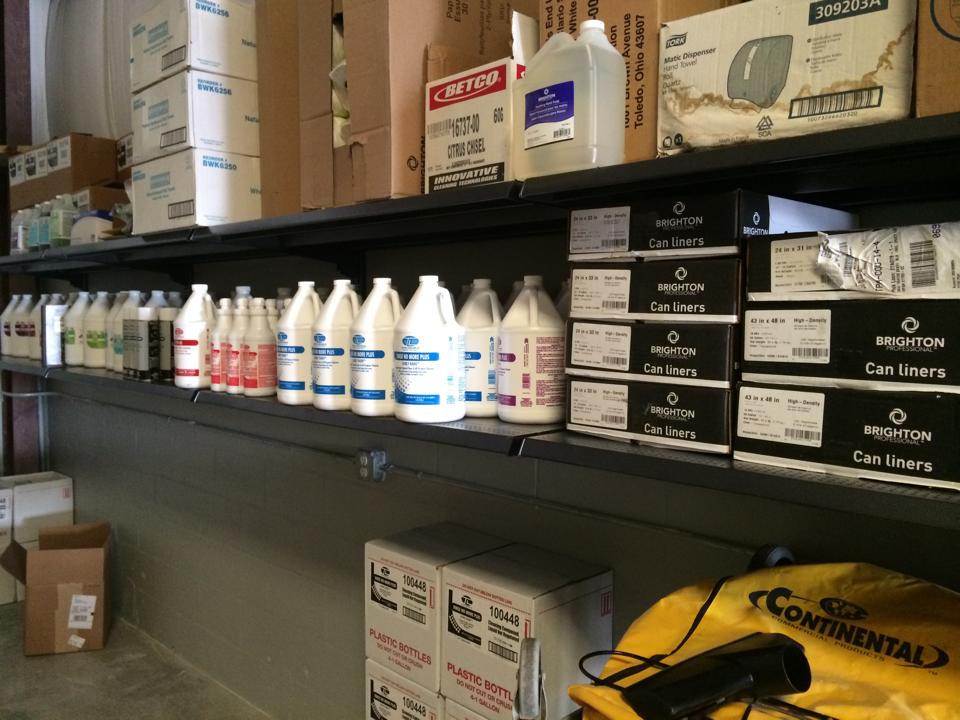How to help reduce Allergy Misery!
Does it seem as though it is always allergy season in Florida? If so, you’re not alone. Although most of us love the sight of trees, flowers, and other plants in bloom, their pollen can cause some unfortunate misery – many Americans struggle with red, itchy eyes, stuffy noses, and other allergy symptoms during warmer months. And pollen is not the only summer allergen.
So what exactly causes summer allergies, and is there anythin g you can do to minimize the presence of allergens in your home?
According to ABC, the summer allergens that cause the most problems are pollen, mold, stings, poison ivy, sunscreen, and seasonal fruit. It’s important for people with allergies to stings, poison ivy, the chemicals in certain sunscreens, and fruit to work with their doctors to determine what is causing their symptoms, and to protect themselves from contact with allergens that can cause health problems or even endanger their lives. The same is true when it comes to pollen and mold, but because these substances are ubiquitous in our environment it is more likely that allergy sufferers will be able to limit exposure and manage symptoms than eliminate the allergens from their lives.
In an interview with ABC, Dr. Harold Nelson, an allergist at National Jewish Health in Denver, explained the presence of pollens in the environment and the timing of their presence this way: “Pollens will vary from region to region, but they follow a sequential pattern everywhere. It’s tree pollen mostly in the spring before the leaves come out. In late spring it’s grass pollen, and starting usually in late July or August it’s weed pollen. And the most important one is ragweed.”
WebMD, meanwhile, lists the following plants as the worst offenders when it comes to producing summer allergens:
Weeds
- Ragweed
- Cockleweed
- Pigweed
- Russian thistle
- Sagebrush
- Tumbleweed
Gra sses
- Bermuda
- Blue grasses
- Orchard
- Red Top
- Sweet vernal
- Timothy
The site confirms that one of the most common summer allergy triggers is indeed ragweed, which can be blown by the wind for hundreds of miles, making it a problem if it doesn’t grow in your region. Air pollution, including ozone, can worsen allergy symptoms.
Molds, on the other hand, often take hold in damp indoor areas and unfortunately in Florida we live in a very humid environment. If mold spores are circulated through the air in a home they can cause problems for allergic individuals.
WebMD also mentions another allergen, dust mites, microscopic insects whose presence can peak during in warmer temperatures. Dust mites are most prevalent in warm, humid temperatures and can be found in beds, fabric, and carpets. Their residue, once it gets into the air, is another trigger for allergy symptoms.
If you have symptoms such as a runny or itchy nose, watery and/or itchy eyes, sneezing, coughing, or even dark circles under the eyes and you suspect that those symptoms are being caused by allergies, the first step to take is to visit your doctor or an allergist who can determine the cause of your symptoms.
Steps you can take to minimize the presence of pollen and molds (or mold spores) in your home include:
- Regularly check damp areas of the home for any signs of mold, and call Gator Cleaning Solutions immediately if you suspect a mold problem. 813-929-1122
- Remove footwear before entering the home, and encouraging guests to do the same.
- Schedule regular Air Duct Cleanings, so that air ducts remain clear of mold spores, pollen, and other allergens that can get re-circulated through the home. Call Gator Cleaning Solutions for a trusted referral.
- Wash outdoor clothing and other garments regularly and avoid drying on clotheslines where pollen can collect on clothing.
- Wash bedding weekly in hot water.
- Schedule regular professional carpet, upholstery and area rug cleaning to remove pollen, mold spores, and other allergens that are tracked into the house or enter through open windows. Call Gator Cleaning Solutions today for a no obligation quote! 813-929-1122
No one enjoys suffering with allergies. Because it is impossible to avoid contact with pollen, mold, or even dust mites, it’s important to take steps to protect yourself if you have allergies. With properly scheduled cleaning services and home habits that minimize the presence of allergens, your home can be the safe haven you need.
The post How to help reduce Allergy Misery! appeared first on Gator Cleaning Solutions.

















